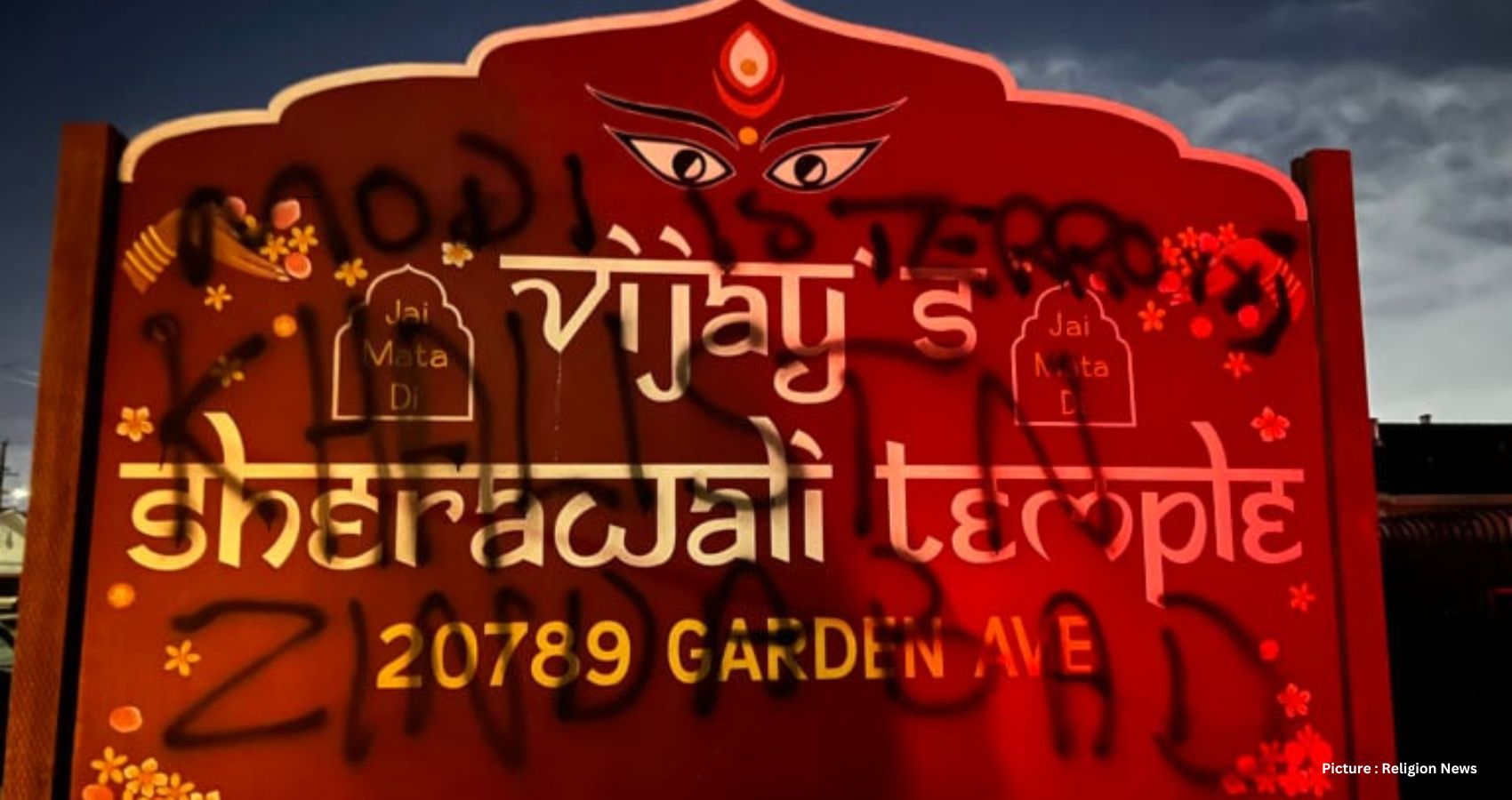Amidst a choppy global landscape, India’s economic trajectory shines with the vibrancy of a beacon, defying headwinds and emerging as one of the fastest-growing major economies in FY22/23 with a remarkable 7.2% growth rate. This feat, as highlighted by the World Bank’s India Development Update (IDU), positions India as a testament to resilience, surpassing global benchmarks and offering valuable lessons for the world.
The IDU underscores India’s economic fortitude in the face of significant global challenges, citing the nation’s growth rate as the second-highest among G20 countries, nearly double the average for emerging market economies. This commendable achievement, the report suggests, stems from India’s robust domestic demand, substantial public infrastructure investment, and the strengthening of the financial sector.
“India’s economic performance is truly remarkable,” declares Kristalina Georgieva, Managing Director of the International Monetary Fund. “Showcasing its robust domestic engine amidst global uncertainties, this growth story, fueled by smart policy interventions and a vibrant private sector, offers valuable lessons for the world.”
Bank credit growth, a pivotal indicator of economic vitality, surged to 15.8% in the first quarter of FY23/24, compared with 13.3% in the corresponding period of FY22/23, indicating a robust financial landscape supporting economic expansion.
India’s economic ascent is far from over. By capitalizing on its strengths, mitigating future challenges, and adopting smart policy measures, India has the potential to become a global economic powerhouse. As Auguste Tano Kouame, World Bank’s Country Director in India, aptly states, “Tapping public spending to attract private investments will create favorable conditions for India to seize global opportunities and achieve even higher growth.
In addressing the spike in headline inflation, the report notes adverse weather conditions as a contributing factor. Headline inflation rose to 7.8% in July, primarily due to increased prices of food items like wheat and rice. Senior Economist and lead author of the report, Dhruv Sharma, anticipates a gradual decrease in inflation as government measures boost the supply of key commodities, ensuring a conducive environment for private investment.
The report also sheds light on India’s fiscal consolidation, projecting a decline in the central government fiscal deficit from 6.4% to 5.9% of GDP in FY23/24. Public debt is expected to stabilize at 83% of GDP, indicating prudent fiscal management. On the external front, the current account deficit is anticipated to narrow to 1.4% of GDP, supported by foreign investment flows and robust foreign reserves.
“India’s handling of the pandemic has been a masterclass in crisis management,” observes Hardeep Puri, Director-General of the World Trade Organization. “Its proactive approach, combined with decisive policy measures, helped mitigate economic damage and paved the way for a faster rebound.”
As the world grapples with economic uncertainties, India’s economic story serves as a testament to the nation’s resilience, foresight, and strategic economic policies. The international community recognizes India’s steadfast commitment to sustaining growth even amidst unprecedented challenges. In the words of global leaders, the remarkable growth of India’s economy stands as a beacon of hope and inspiration for nations around the world, reaffirming India’s status as a key player in the global economic landscape.


